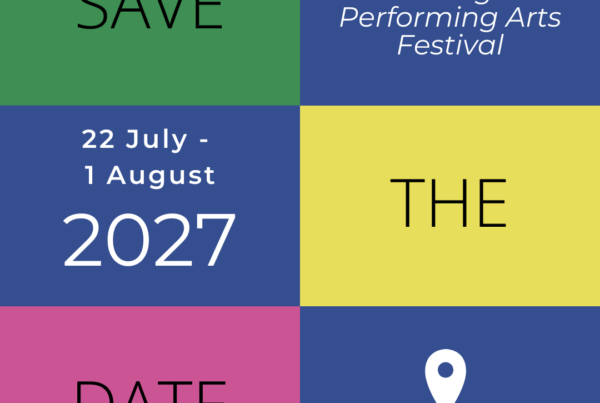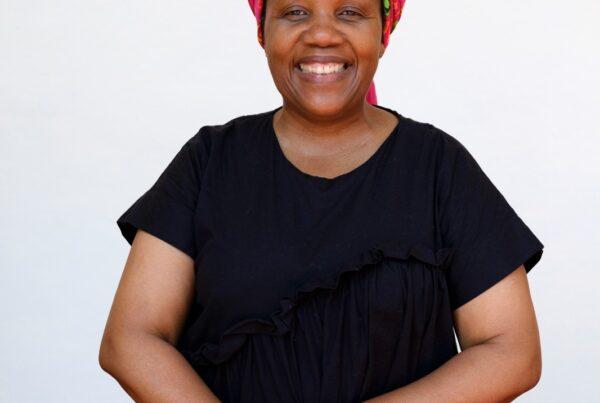ASSITEJ International
Last summer, Drama Theatre England Alliance (DTEA) raised the subject of Drama and Cultural Education, feeling that the arts in the English curriculum were losing their importance, especially drama/theatre which is less a subject in its own right in England and has become part of English teaching.
As we thought that this issue probably concerned many countries, the Executive Committee of ASSITEJ decided to have Coffee Sessions on it. We wanted to listen to the situation around the world, share ideas and work together to improve the situation. During the first sessions, we verified that we had much in common regarding this issue. Drama or dance or puppetry are rarely included in the schools curriculum and often suffer from a lack of consideration.
Currently, many countries offer mostly a STEM (Science, Technology, Engineering, and Mathematics) curriculum: they prepare students for a world which needs more researchers, engineers, computer scientists…
Furthermore, the benefits of Drama and Art Education are not understood by a major part of the public and are seen as a luxury, not necessary or useful.
How and why should we support a STEAM curriculum? – A for the Arts – humanities, language arts, dance, drama, music, visual arts, design, new media…
We, artists, practitioners…, know that Arts need to be taught for their own sake, that it is a valuable, major contribution to building identities, supporting social commitments and the freedom of the mind. But Arts also cultivate expression, counter teenage loneliness and may help a lot to imagine the future now that we face climate and social challenges.
In the 2nd Coffee Session, thanks to an inspiring talk from Yvette Hardie, telling how ASSITEJ South Africa faced a similar situation some years ago and found some solutions, we learned how to think big and collectively, with the right people. A lot of interesting ideas and proposals were raised, like building bridges between teachers, educators, artists, arts practitioners…, being rather partners than providers or members of each other boards. Again, we talked about imagining the future, the 21st century’s skills and strength : creativity, multifaceted work, being able to go on even not knowing what is the answer…
On the last session, we agreed that we had to develop a theatrical argument, referring to children framework, the way they play, the fact that Art and Drama offer new possibilities, new works. We acknowledged the paralysis especially around politicians and lack of confidence in change coming from that direction.
We also raised that we should collect all around studies about the benefits of Arts Education, and that, on a strategic point, Arts Education should be connected to Sustainability Development Goals and green culture where some money is going.
So, what’s next, after those three very interesting Coffee Sessions? What can be the ASSITEJ’s contribution to this situation ?
First, the issue is fully raised in ASSITEJ Manifesto (2020).
The Manifesto urges national governments to develop cross-governmental strategies for cooperation between departments to support whole child development and well-being for children and young people through access to the arts (e.g. ministries/departments of culture, health, education, environment, social development, tourism, entrepreneurship and business development); (point 2)
Further, ministries/departments for Education are urged to make creativity, play and the arts an integral and essential part of the curriculum throughout schooling, including pre-school children and ensure that the arts have a full place in the training of teachers. They must as well ensure that teaching artists and arts practitioners are integrated into school programmes as valued professionals. (point 4)
In the 9th point of the Manifesto, Schools and Early years settings are urged to make creative activities and the arts integral to all learning across the curricula.
So, ASSITEJ Manifesto is a major document to advocate for Arts Education. We can add some statements to it, from the Coffee Sessions.
First, we need to speak the language of the aesthetic, the artistic, and for the sake of art. Art contributes to Humanity and is essential for individual and collective identities.
Then, mental health and well-being are helped by Arts Education: connecting bodies, no tests, no exams, no skills expected ! But Art is good at massive challenges too. Drama is brilliant to make people think feelingly and feel “thinkingly”, through interdisciplinary, imagination, creativity, empathy and adding emotions to knowledge.
Art can help settle plans and strategies without the disruption of algorithms : climate change is very concrete, finitude is terrifying. It can support thinking when choices need to be made, when we urge for action. But it can also help to escape from hard reality and share a rich moment with others.
We need to make sure children and young people visit and experience art in art houses, as well as make it themselves. But there is a lot of room also in the way we interpret performance and drama, – so not just talking about plays and theatres, but the way children and young people create, the examples of youth arts, of participation, of theatre on the street or on the football field – a larger vocabulary for schools to engage with. This will help us to build bridges, personal partnerships in different directions with education departments, teachers, artists, families, politicians…
To go further, you may read this guide the English Arts Council edited, shared by our DTEA friends : https://www.nga.org.uk/getmedia/78743044-6997-424d-b6f1-4fdaf47034e3/NGA-ACE-Governing-guide-drama-20220203.pdf
There is a lot to advocate around the world regarding Art Education. But we have some good collective arguments, based on our experiences and many studies. Let us share them and make art education a strong universal issue !
May be it’s time to think about a network on Art Education ?
Emilie Robert
The Executive Committee of ASSITEJ





